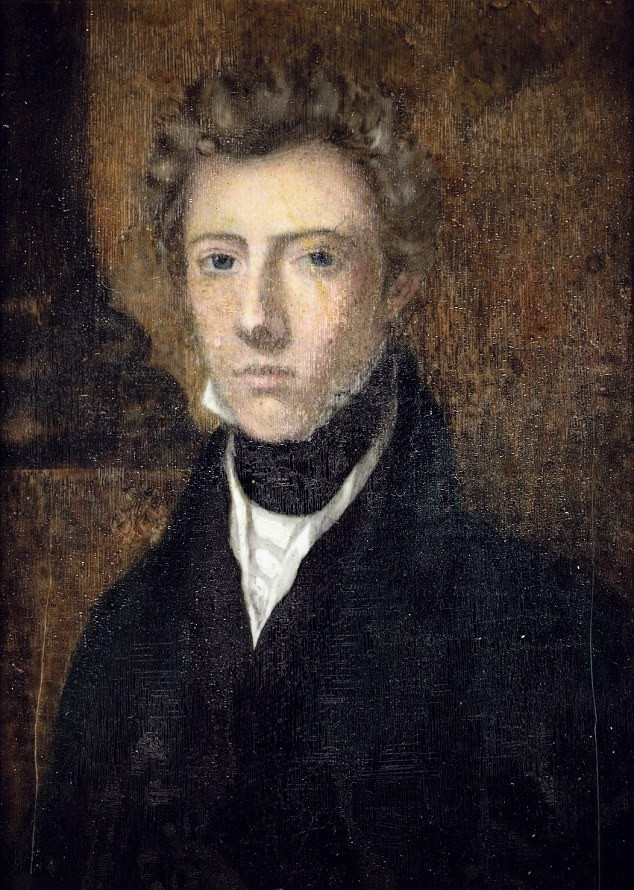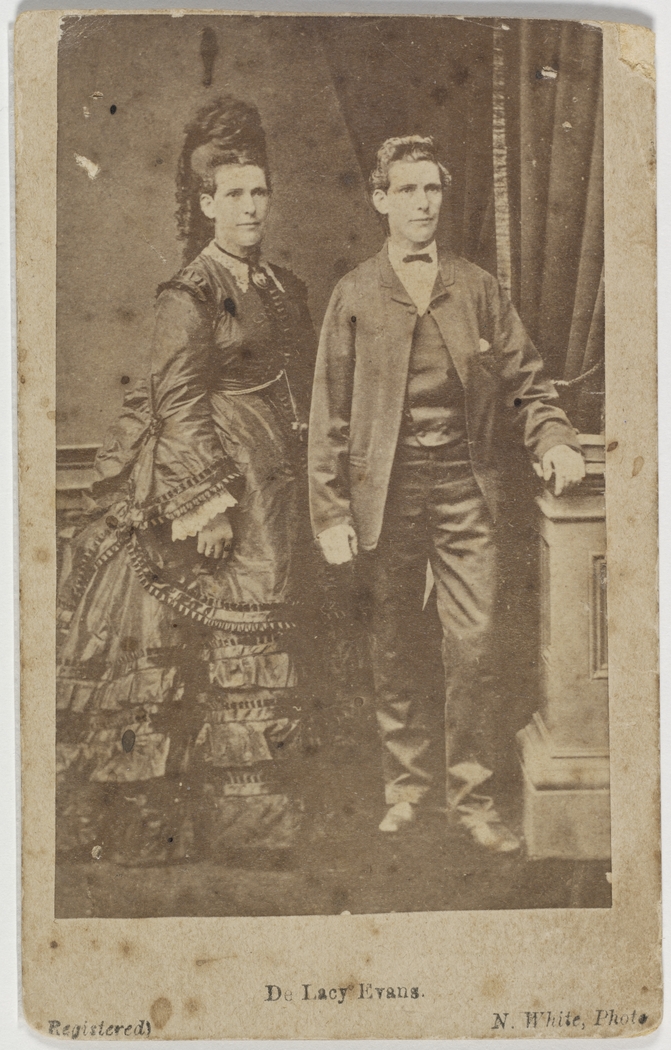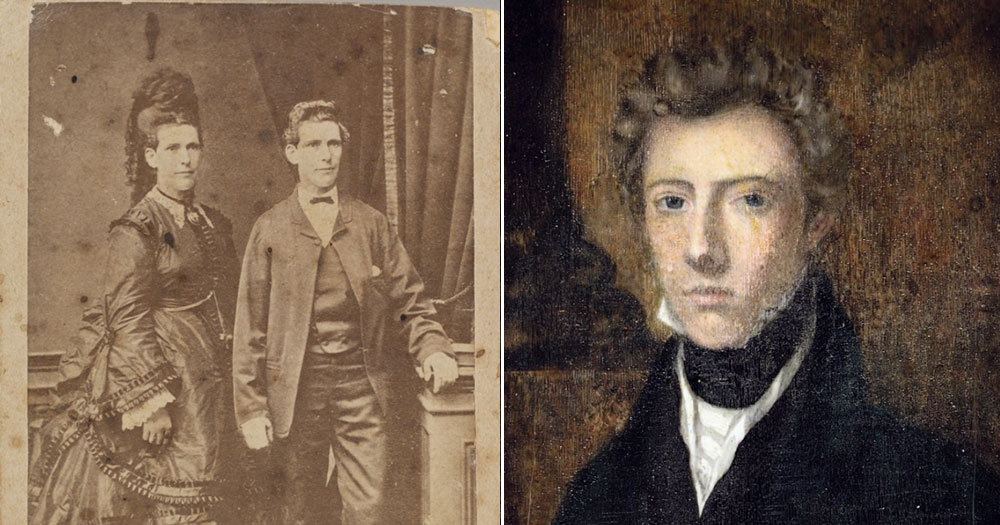Since the representation of Irish Transgender people is lacking in mainstream media, we’ve decided to list some important figures throughout Irish history. Here are five people who are undeservedly missing from your history books.
James Barry

James Barry was a surgeon, originally from Cork city, born in 1780. He graduated from the University of Edinburgh Medical School and he served with the British Army first in Cape Town, South Africa.
Before he retired, Barry had been appointed Inspector General, which is the second-highest medical office in the British Army. He didn’t only help wounded soldiers, he helped to improve the conditions of sanitation and water systems in Cape Town. He performed the first recorded caesarean section by a European in Africa where both the mother and baby survived.
James Barry’s achievements were widely praised within the British Army, and his assigned gender was not discovered until after his post-mortem examination was carried out in 1865.
Edward De Lacy Evans

Edward De Lacy Evans is known as Australia’s first documented Trans man. He emigrated from Ireland to Victoria, Australia in 1856. When he arrived, he exclusively donned men’s clothing and married Mary Delahunty, a woman he met on the way.
He worked as a miner and blacksmith around Victoria for a few years, but when his wife became pregnant by another man, he suffered great distress and subsequently had a breakdown. He was then sent to Bendigo hospital, where for six weeks he refused to bathe to preserve his identity. Evans was consigned to Kew asylum shortly after, where his assigned gender was discovered.
In a cruel act, he was released from the asylum on the condition that he would only go by his birth name and that he would only wear women’s clothing for the rest of his life.
Patrick McCormack
Patrick McCormack, born in 1821, is described as Dublin’s first recorded Transgender person. After surviving the famine, McCormack worked as a labourer. He fell ill around the age of 50 and was admitted to the North Dublin Workhouse hospital. He survived for a few months but subsequently died in April 1871. After his death it emerged that Patrick was assigned female at birth.
Unfortunately, there isn’t much more available information about McCormack, apart from this historical record.
John Bradley
In March 1889, the Kildare Observer published an article entitled ‘Interesting Revelation in Kilmainham Jail’. This article detailed the arrest of one John Bradley and his subsequent sentence of 14 days in prison.
While Bradley was in prison, he refused to bathe, and he eventually revealed to the warders in the prison that he was assigned female at birth. He was taken to Grangegorman, an exclusively female prison, to serve the rest of his sentence.
The article continued to detail Bradley’s childhood. It turns out that John was known in the community as a boy when he was younger. He even attended the Christian Brother’s School on Francis Street, Naas during his teenage years.
However, the article from the Kildare Observer does note that his mother was responsible for dressing him in what would be considered boy’s clothes and referring to him as John. This would imply that Bradley’s gender non-conformity perhaps didn’t manifest naturally.
Michael Dillon
Michael Dillon, born into an Anglo Irish family in May 1915, became the first documented case of a Transgender man to undergo phalloplasty. Dillon noted in his memoir that despite being born in Kensington, London, Irish blood ran “thickly through our veins”. His family were the heirs to an aristocratic title: the baronetcy of Lismullen, County Meath.
In 1945, after graduating from Oxford, Dillon began studying at Trinity College Dublin. During his studies, he undertook a series of gender-affirming surgeries. This is around the time that Dillon underwent phalloplasty. In 1958, after the press reported on his transition against his wishes, he moved to India and was ordained as a Buddhist monk under the name Lobzang Jivaka.
Dillon wrote in his memoir about how he was aware of his gender identity from an early age: “People thought I was a woman,” he recalled, “but I wasn’t. I was just me.”
If you would like to find out more about Irish Transgender people making history at the moment, read about Ireland’s Trans and non-binary trailblazers here.
© 2022 GCN (Gay Community News). All rights reserved.
Support GCN
GCN is a free, vital resource for Ireland’s LGBTQ+ community since 1988.
GCN is a trading name of National LGBT Federation CLG, a registered charity - Charity Number: 20034580.
GCN relies on the generous support of the community and allies to sustain the crucial work that we do. Producing GCN is costly, and, in an industry which has been hugely impacted by rising costs, we need your support to help sustain and grow this vital resource.
Supporting GCN for as little as €1.99 per month will help us continue our work as Ireland’s free, independent LGBTQ+ media.
